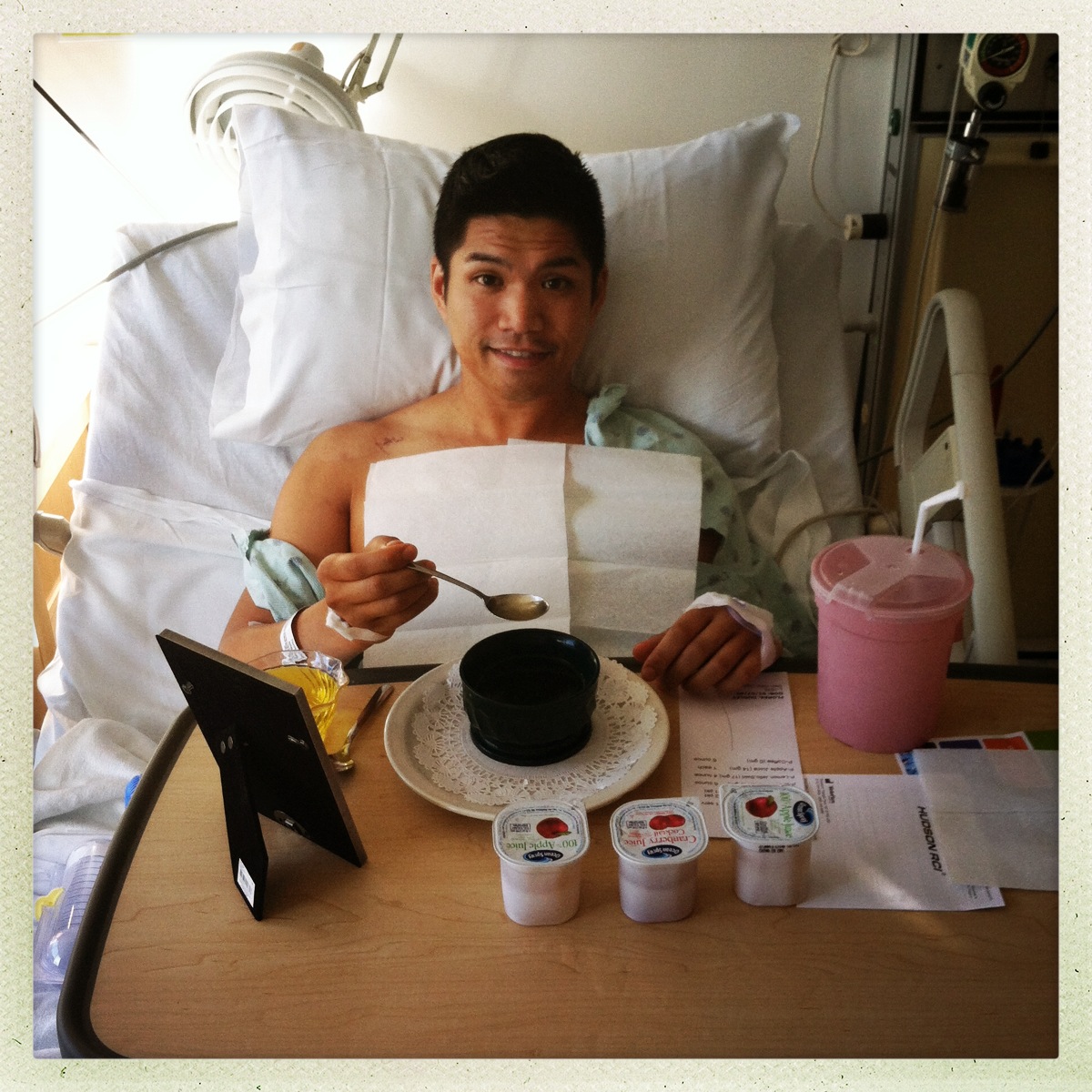
It is nearly impossible to discuss a dance career without talking about injury. And while there are infinite resources regarding pain and recovery for dancers, artists in their performance careers aren’t the only ones who suffer physical maladies—teachers get injured, too!
Getting injured as an educator can be a different experience entirely, even for those who mastered the art of prevention and recovery as a performer. Dance Teacher spoke with three dancers-turned-educators about their experiences with injury in both their performance and teaching careers to see what’s different—and what’s not.
The Teachers
Christophe Maraval: Artistic director of Naples Ballet Academy; former principal dancer with Pacific Northwest Ballet, Cincinnati Ballet, Ballet du Capitole
Marimba Gold-Watts: Faculty at The Ailey School and owner of Articulating Body Inc; former NYC-based freelance performer with Ailey II, Peridance Ensemble, Radio City Christmas Spectacular
Dudley Flores: Faculty at ODC & Alonzo King LINES Dance Center; former San Francisco-based freelance performer with Garrett+Moulton, Printz Dance Project, Robert Moses KIN, ODC/Dance
The Performance Injuries
Maraval: ACL/MCL/meniscus tear. Landed a jump incorrectly in rehearsal for Don Quixote
“I took 6 months to get back in the studio and was in physical therapy the entire time. Surgery was easy and painless, though recovery was painful.”
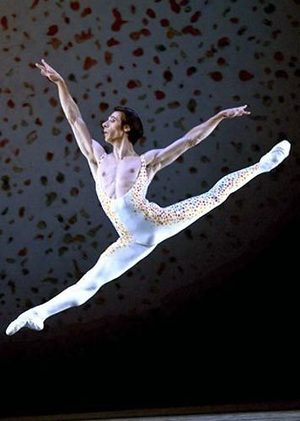 Angela Sterling, courtesy Maraval
Angela Sterling, courtesy Maraval Christophe Maraval performing with PNB.
Gold-Watts: Back injury from a poorly executed lift in rehearsal, and a sprained ankle/ruptured tendons when her pointe shoe became stuck in a track onstage in a Radio City Christmas Spectacular performance
“My back injury took two years of recovery because I never fully stopped dancing. My ankle injury ended my performance career and involved four surgeries, four years in a boot, hours of physical therapy, acupuncture, prolotherapy, PRP, bracing, you name it.”
Flores: Deep vein thrombosis/Pulmonary embolism. Overdevelopment of shoulder muscles from repetition of lifts in rehearsal caused closing of subclavian vein
“I was sidelined from all activity for five months. Initially, I was in the ICU for four days and received two surgeries. Following my hospitalization, I spent three months on anti-coagulation treatments and avoided physical activity that raised my heart rate above 120 bpm. Eventually, I had a rib resection surgery that prevented impingement of that vein.”
 RJ Muna, courtesy Flores
RJ Muna, courtesy Flores Dudley Flores
The Teaching Injuries
Maraval: Broken big toe. Landed on pointed foot from jump while teaching adult ballet class
“I continued to teach all of my classes while wearing a boot. (There was no one to cover my classes and I could still teach. It was exhausting!) After two months, I stopped wearing it. It took 18 months until I stopped feeling pain in relevé.”
Gold-Watts: Torn labrum from demonstrating Horton exercises while not fully warm
“My injury did not limit my capabilities to be an effective teacher, and I felt as long as I warmed myself up and modified what I demonstrated, I could continue to teach without issues.”
“I sought out help from various professionals, including a PT, acupuncturist and, most importantly, my Pilates teacher. It took about a year to feel good, but still requires ongoing maintenance.”
Flores: Sprained ankle. Rolled over ankle teaching a jump sequence
“I was off my foot and on crutches for almost two weeks. After that, I started some gentle exercises given by a physical therapist friend. A hefty ankle brace helped me walk and acupuncture helped supplement the healing process. I eased back into a light teaching schedule after three and a half weeks.”
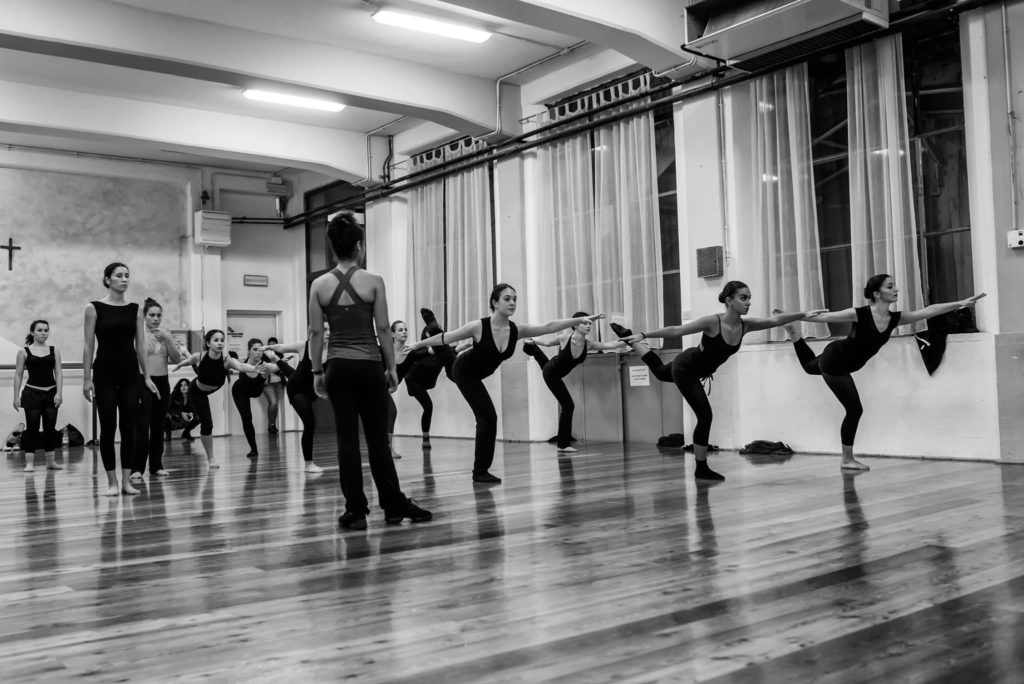 Gaetano Paesano, courtesy Gold-Watts
Gaetano Paesano, courtesy Gold-Watts Marimba Gold-Watts teaching Horton technique.
Coverage & Costs
Maraval: “For both injuries, worker’s comp paid for everything. I kept receiving salary when I was teaching because there was no one else to cover my classes”.
Gold-Watts: “While my ankle injury with Radio City was covered by worker’s comp, I initially paid everything out-of-pocket and was later partially reimbursed. For my other injuries, both as a performer and educator, I paid out-of-pocket.”
Flores: “Unfortunately, I was uninsured for several years. For both my performance and teaching injuries, I paid for almost all treatments out-of-pocket. Though, I am fortunate to have friends and teachers who happen to be body workers and provided some treatment for free/trade. The ODC Dance Commons, a donation-based Healthy Dancers’ Clinic, has been an incredible resource for me when I didn’t have the financial resources.”
Performing vs. Teaching Injured
Maraval: “I continued teaching with my broken toe, and have also taught with my back out many times. I wouldn’t have been able to perform with these injuries.”
Gold Watts: “All injuries are significant. However, as a teacher I have less pressure to get back in prime shape and can allow my body to take its own healing process.”
Flores: “As long as it wasn’t causing more harm, I continued dancing through minor injuries. Now, I don’t teach injured. My aim is to teach for as long as my body will allow. Taking time off to properly recover means added time years down the road.”
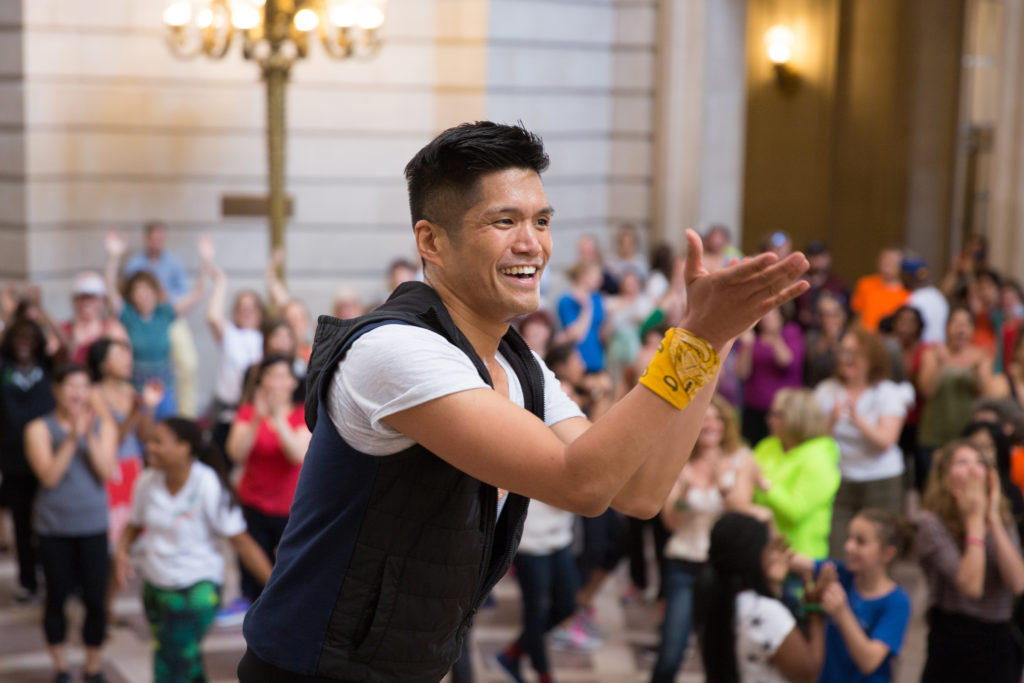 Lydia Daniller, courtesy Flores
Lydia Daniller, courtesy Flores Dudley Flores
Injury Prevention as an Educator
Maraval: “Every day, I try to stretch. When something hurts, I will ice it. I also never jump anymore.”
Gold-Watts: “Pilates daily, swimming, kettlebells and martial arts. “
Flores: “Before class, I give myself time and space away from students to warm up and work out any kinks in my body. This includes a gentle version of the warmup I’m about to present in class, which also gives me an opportunity to review material.”
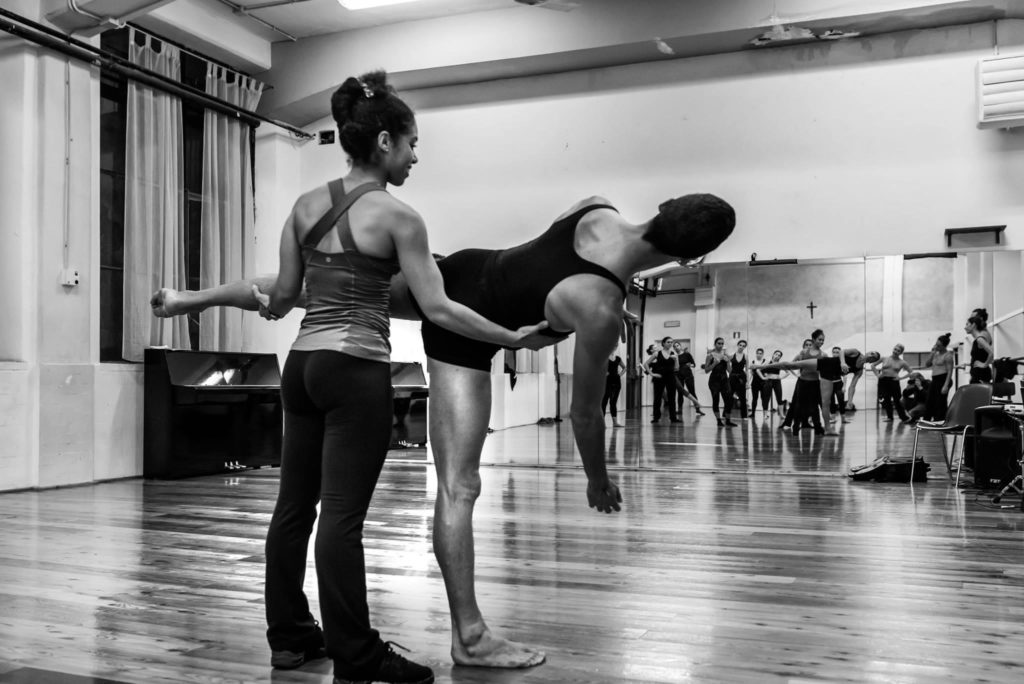 Gaetano Paesano, courtesy Gold-Watts
Gaetano Paesano, courtesy Gold-Watts Marimba Gold-Watts teaching Horton technique
Advice for Injury Prevention & Recovery
Maraval: “Know your limits! You are not in your performance career anymore. Try to explain more and show less. And if you gained weight since retiring, understand the different impacts that has on your body.”
Gold Watts: “Take it slowly and don’t force your comeback. Remember that teaching with your voice, hands and language can sometimes be just as effective, if not more so than demonstration.”
Flores: “Think of the long game. It may be tempting to want to teach while injured because you need the income, miss dancing, have a deadline or whatever the case may be. If you can give your body the time it needs to heal, that would be best.”




